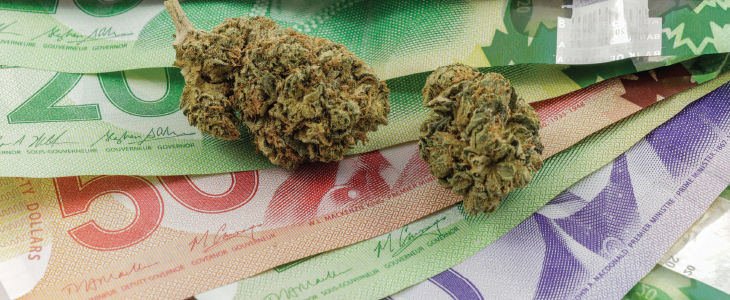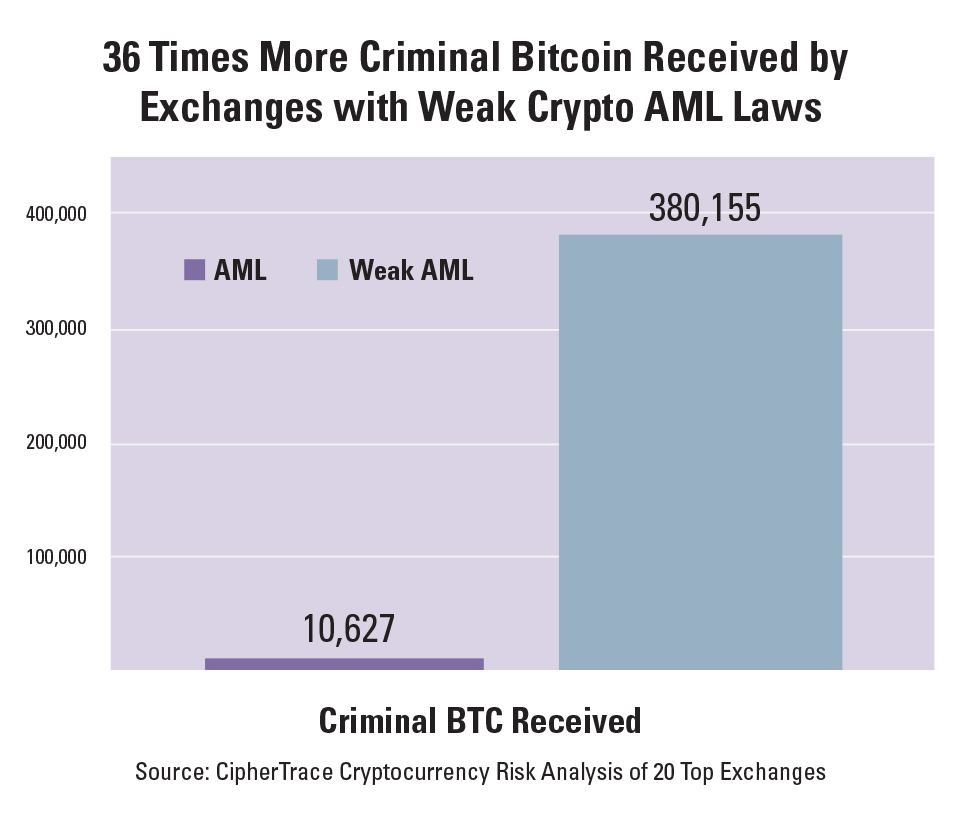
From a Canadian perspective, the war on drugs began in 1908 with the passing of the Opium Act and in reality, the war has never ended. Canadian drug laws have gone through several reiterations and on October 17, 2018, they went through arguably the most notable change—Canada became the first G7 nation to legalize the recreational use of cannabis.
The legalization of cannabis is not a new concept globally, nor is it a new concept for Canada. From 1969 to 1972, the Canadian government’s Commission of Inquiry into the Non-Medical Use of Drugs (also known as the “Le Dain Commission”) conducted an extensive study into the use of cannabis. The results of that study helped shaped the current recreational cannabis laws. The commission, which lasted three years, brought forward several suggestions relating to the enforcement of cannabis use and its possession. Those recommendations included the idea that society should focus on the use of cannabis by young people, personal possession or simple possession of cannabis should be legalized, and the cultivation of cannabis should be legal unless it is for the purpose of trafficking.
Another concept that is not new is that the criminal world has profited greatly from the sales of illicit drugs. The most recent estimates suggest that globally illicit drug sales are in the neighborhood of $400 billion a year and on a global scale organized crime still controls the lion’s share of the illicit drug market. The illegal sale of cannabis is estimated to equate to approximately 25 percent of the illicit proceeds or approximately $100 billion a year.
Drug distribution methodology has remained consistent over the years and to a very large extent still operates using traditional methods. Typically, drugs are imported in bulk, processed and distributed down the chain to mid-level suppliers. These mid-level suppliers then distribute the drugs to low-level suppliers or street dealers. However, technology has begun to change the way in which illicit drugs are bought and sold.
The mainstream use of the internet in the 1990s allowed for the creation of an underground economy that operated in what has now been coined the “dark web.” The dark web is host to marketplaces that offer for sale all forms of illicit goods. Drugs, guns, human trafficking and fraud-related items are available for sale on dark web marketplaces, with cryptocurrencies as the preferred method of payment. Dark web marketplaces do present an interesting challenge to law enforcement, however it is not clear to what extent they have disrupted or changed the drug distribution network. As a former law enforcement professional with over 26 years of policing experience, I do not believe that dark web marketplaces have or will replace the traditional drug distribution network. I am not suggesting that the dark web and dark web marketplaces are not selling all manner of illicit goods, I am suggesting that the dark web has not replaced street-level drug trafficking as a preferred method for the purchase of drugs. A study recently conducted by the Rand Corporation supports this theory. The Rand Corporation was commissioned to characterize the scope and size of drug trade over the internet. Their results suggested that online drug sales are only a small piece of the drug trafficking proceeds: “Illegal drug transactions on cryptomarkets have tripled since 2013, with revenues doubling. But at $12-21 (10.5-18.5) million euros a month, this is clearly a niche market compared to the traditional offline market, estimated at $2.3 (2) billion euros a month in Europe alone.”1
By understanding the steps required to buy and sell drugs on the dark web, it should also be understood why the dark web has not taken a larger share from the traditional drug network. A purchaser needs to utilize a Tor browser, then set up a cryptocurrency account and then fund the account. These steps, although not overly complicated will likely limit the number of individuals who choose to purchase drugs on the dark web, especially cannabis. Black market cannabis (i.e., cannabis available through traditional street methods) is easier to buy now than ever before and a look at the black market cannabis sales options in Canada is a prime example.
As Canada transitioned to legalized recreational cannabis, there was a change in the typical cannabis distribution network. Drug dealers were no longer hiding in dark alleys or conducting business in seclusion. Cannabis was being openly sold through storefront dispensaries under the guise of providing access to medical cannabis users. I have directly been involved in the investigation of these dispensaries and I am aware that a majority of these stores were not licenced to sell medical cannabis. They were essentially drug dealers with a storefront and a cash register. The illegality of these storefronts was further demonstrated by the recent increase in arrests and prosecution, of both the owners and the employees. This increased enforcement was a direct result of law enforcement attempting to shut down the black market distribution of cannabis ahead of legalization.
The enforcement action may have made a small dent in the proliferation of storefront drug dealers but at the same time, it created a completely new black market cannabis distribution network operating on the deep web. There are two levels to the World Wide Web. The first is called the open web. The open web is the web that has been indexed and is searchable through publically available search engines, such as Google or Bing. The second level is known as the deep web. In this area of the World Wide Web, contents have not been indexed by standard web search engines. The darknet is found within the deep web. A majority of the deep web is accessible without the use of a Tor browser, which allows for a more user-friendly environment.
Online cannabis stores are openly selling cannabis and cannabis-related products (edibles, oils, etc.) on the deep web. These deep-web-sites have erupted in Canada recently and continue to prosper. Online retailers known as “mail order marijuana” or “MOM” have sophisticated websites offering a selection of cannabis-related products. This selection is far greater than those currently being offered by the various provincial online retailers. The method of payment accepted for purchases is very simple; email money transfers. Thousands of email money transfers are being sent monthly to these online drug dealers and their profits can run into the millions of dollars a month.
For anti-money laundering professionals (AML) how do these new drug marketplaces (dark web markets, storefront dispensaries and online retailers) change how they operate?
Financial entities usually do not have the time or resources required to conduct an examination of transactions on dark web markets
Cryptocurrency exchanges and the federal government both play key roles. A recent study released by the cryptocurrency investigative tool, CipherTrace, clearly shows the impact the AML legislation has on limiting exposure to darknet market transactions. CipherTrace studied the activity of the top 20 cryptocurrency exchanges and then examined their geographical locations and the AML programs that were in place in those regions. The results are significant and drive home the importance of federal government regulations. The study found 97 percent of direct criminal bitcoin payments are sent to unregulated exchanges.2
Cryptocurrency exchanges have the ability to be at the sharp end of the AML stick. Strong AML investigative teams staffed by knowledgeable investigators and armed with the right tools can provide intelligence that, until recent technological advancements, was just not possible. As these investigators grow and develop, a list of red flags can be created and shared with other cryptocurrency AML providers. Similar to other financial services providers, cryptocurrency exchanges also need to implement strong know your customer/know your bank (KYC/KYB) policies. The importance of strong KYC/KYB has been demonstrated repeatedly over the years and there is no reason to believe they will not have the same effect on the cryptocurrency space.
Dark web markets present an interesting and unique challenge for financial service providers. Financial entities usually do not have the time or resources required to conduct an examination of transactions on dark web markets. What they can do is start to understand how the money flows from cryptocurrency exchangers to fiat currency providers. Dark web criminals are no different from traditional criminals; they commit crime to make money. Financial providers can afford themselves some protection against proceeds of crime being brought into their organization from dark web markets by identifying and investigating wires that are received from known cryptocurrency exchangers. Every-day criminals funnel illegal gains through hundreds of unregulated cryptocurrency services businesses and into the banking system via automated clearing house, SWIFT, wire or credit card payments, offshore accounts or receipts from unregistered money services businesses. Tools now exist that allow financial entities to identify money coming into their organization with cryptocurrency exposure. As with all AML investigations, this information can then be compared to the KYC/KYB information. Understanding the risk of incoming funds from various cryptocurrency exchanges, and which exchanges have AML compliance regimes and which ones do not, can provide financial institutions with much needed intelligence. This intelligence gathering helps financial institutions make effective risk-based decisions.
Although they are relatively new, mail order marijuana retail transactions are much easier to detect with existing technology. Understanding how these websites operate will allow for effective scenario tuning within automated monitoring transaction systems. Mail order marijuana retailers process thousands of email money transfers per month and an examination of these money transfers will often uncover the true nature of the business. Setting keyword searches for known slang cannabis terms may identify email money transfers that can then be linked to a “MOM.” Purchasers can and do put notes in their email money transfers that are often as simple as “for purchase of kush” or “buying edibles.”
Educating your investigators on the legal movement of cannabis will allow them to better understand the illicit movement of cannabis. There are strict rules regarding the advertising of cannabis and which cannabis products can and cannot be sold online. Knowing the rules will allow your investigators to quickly identify individuals that may be working illegally.
Storefront dispensaries can also exhibit typical red flags that are associated with typical cash-based illegal businesses. Those red flags can include large cash activity with no day-to-day business expenses seen on the account, vague or misleading know your customer documents with no ability to provide supporting documents, and no corporate or private business registration papers. Although this list is not complete, most financial institutions are adept at identifying criminally controlled cash-based businesses and storefront dispensaries are no different.
The war on drugs will never be over and the global financial industry plays an integral part in fighting that war. As with most wars, when technology advances so do the methods with which it is waged. Cash is still king in the illicit drug market; however, the financial industry does have both the capability and opportunity to be an integral part of the fight.
- “Taking Stock of the Online Drugs Trade,” RAND Corporation, https://www.rand.org/randeurope/research/projects/online-drugs-trade-trafficking.html
- “Cryptocurrency Anti-Money Laundering Report,” CipherTrace, 2018, https://ciphertrace.com/wp-content/uploads/2018/10/crypto_aml_report_2018q3.pdf











